Toin Special TourSpecial tour
Participants will enjoy a special tour of Toin as guided by a monk. The tour includes the mausoleum of Chisho Daishi Enchin, the founder of the Miidera (the head temple of the Tendaijimon Buddhist Sect).
A style of vegetarian cuisine called Shojin-ryori passed down through Miidera; one of the four great temples of Japan, will also be served. Participants can also experience Tendai Shikan meditation, a style considered to be the origin of Zen meditation.
INSIGHT
-
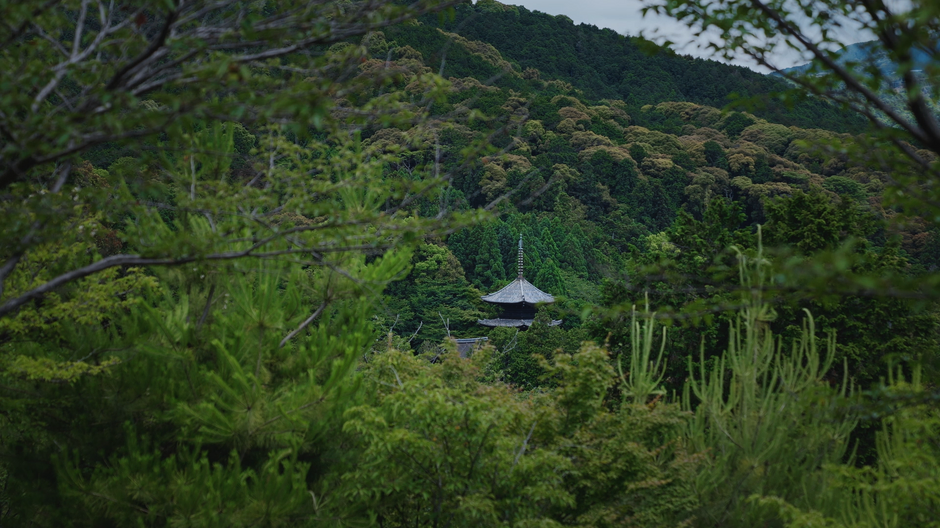
The founder of Miidera, Chisho Daishi Enchin
The founder of Miidera, Chisho Daishi Enchin
Chisho Daishi Enchin was a high priest of the Heian period, and is renowned in the history of Japanese Buddhism. He is referred to as one of the Tendai Trio along with Dengyo Daishi Saicho who founded the Tendai sect in Mt. Hiei and Jikaku Daishi Ennin, and is worshiped as the founder of Tendaijimon Sect (the Jimon branch of the Tendai sect) whose head temple is Miidera Temple.
Enchin was born in the now Zentsuji City, Kagawa Prefecture in 814. At the age of 15, he went to Mt. Hiei and became a disciple of Gishin, the first Tendai head priest. Enchin had rich and delicate sensitivity, and at the age of 25, he felt the presence of the Kifudo (the Yellow Fudo Myo-o, or Acalanatha in Sanskrit) that is one of the three great Fudo Myo-o (Acalas) in Japan, and the statue and painting of which are ordinarily withheld from public view.
Enchin went to Tang China in 853. He made a pilgrimage to Mt. Tiantai and Chang’an, the capital, and worked hard on the Tendai studies and esoteric Buddhism for five years. He came back to Japan in 859, and restored Miidera Temple as a Tendai sect branch temple. He stored the scriptures and other items brought back from Tang China in the Toin Hall of Miidera Temple. Among them, there were a National Treasure, the Gobu-shinkan, (an old Esoteric Buddhist Scroll Drawing) as well as other valuable documents and iconographies. The esoteric Buddhism which Enchin brought back from Thang China to pass on had great influence.
In 868, he was appointed as the fifth Tendai head priest and dedicated himself to the prosperity of Buddhism for an impressive 23 years until his death in 891 at the age of 78. In 927, his great life was praised and the title “Chisho Daishi” was awarded by Emperor Daigo. Currently, Miidera, which conveys the Dharma lineage of Enchin, possesses numerous historical documents internationally registered in UNESCO's Memory of the World in 2023. These are designated as national treasures under the title 'Chisho Daishi Related Documents and Texts. -
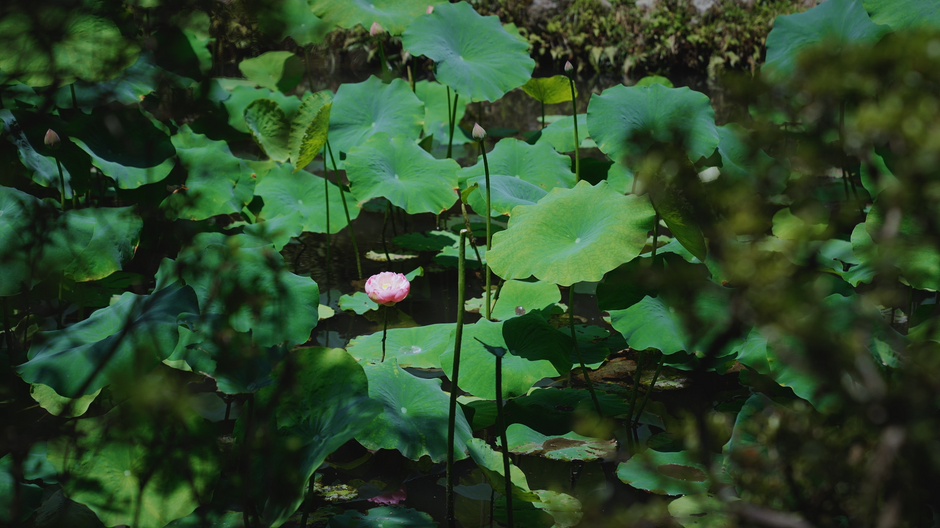
Chisho Daishi Enchin Related Documents and Texts, registered internationally in UNESCO's Memory of the World
Chisho Daishi Enchin Related Documents and Texts, registered internationally in UNESCO's Memory of the World
The group of historical documents which was internationally registered in UNESCO's Memory of the World Register consists of 56 national treasures owned by Miidera Temple and the Tokyo National Museum. These documents cover a wide range of fields and were a legacy of Chisho Daishi Enchin who exerted himself in the prosperity of Japanese Buddhism, in particular, the Tendai studies and esoteric Buddhism.
In 853 AD, Enchin traveled to the Tang dynasty and for five years pilgrimaged to places like Mount Tiantai and the capital Chang'an, dedicating himself to the study of Tiantai and Esoteric Buddhism.
The documents regarding the time when Enchin studied in the Tang Dynasty vividly depict the cultural exchange between Japan and Tang China at that time. Among them there are original passports called kasho issued by the government office of the Tang Dynasty for Enchin, and they are known as not only valuable documents presenting the legal system of the Tang Dynasty but also the one and only example of the legacy in the world which has been preserved in good condition. They also consist of a variety of documents dating back to the 9th century including the official documents concerning the establishment of the national system in Japan, documents regarding the worship of the founder of the sect, Enchin, and handwritten documents by Enchin.
Miidera Temple will widely disseminate the achievement made by Chisho Daishi Enchin, the restorer of this temple, as well as the global value of these documents. -
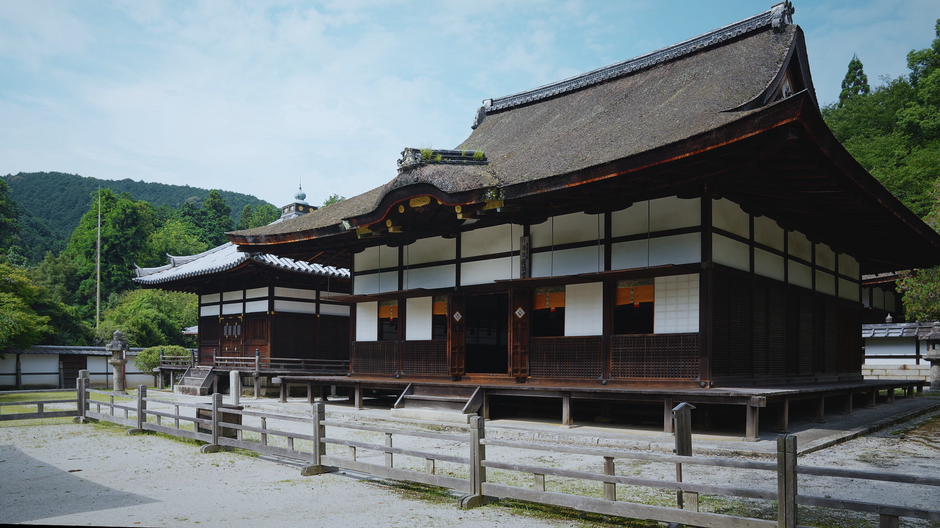
Toin, the most sacred section of Miidera
Toin, the most sacred section of Miidera
Toin is the most sacred place in Miidera, serving as the mausoleum of Chisho Daishi, the founder of Miidera. Its name comes from the fact that Emperor Seiwa bestowed the Imperial Jijuden Palace to store the scriptures and religious implements brought back from the Tang Dynasty by Daishi, and it was used as a place for teaching the Dharma and for ordinations.
The current Toin has a four-legged gate built in an area surrounded by earthen walls, with the ordination hall, Tang Gate, and Daishi Hall lined up straight towards the western hillside. Among them, the Daishi Hall is the central hall of Toin. After being damaged in 1595 by Toyotomi Hideyoshi, it is believed to have been rebuilt as early as 1598. A treasure hall with a cypress bark roof houses two seated statues of Chisho Daishi (National Treasures) and one standing statue of Kihudoson (an Important Cultural Property). -
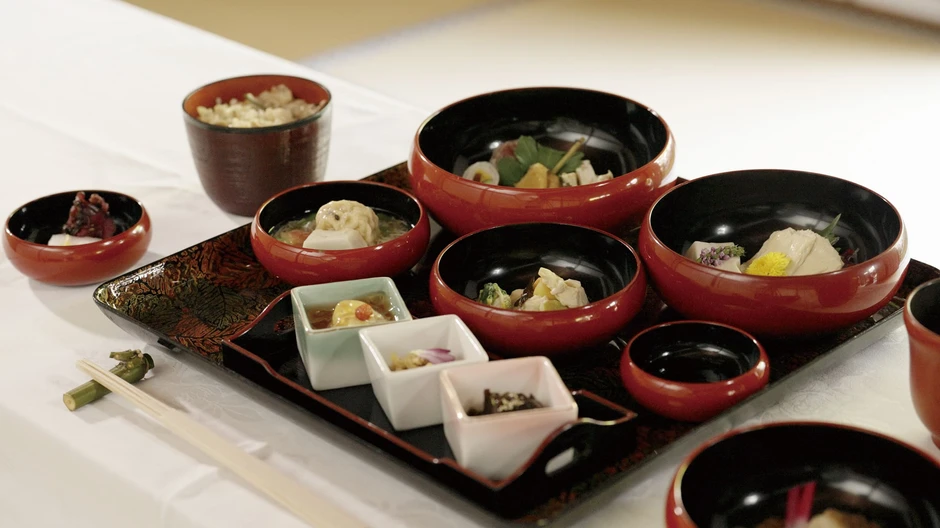
Shojin-ryori (vegetarian cuisine) as passed down at Miidera temple
Shojin-ryori (vegetarian cuisine) as passed down at Miidera temple
Miidera has a long tradition of seasonal vegetarian cuisine. Among these, the most famous and recommended dish is Horokabe. Tofu from Miidera was even served to Princess Kazunomiya, sister of Emperor Komei, who married into the family of Tokugawa Iemochi, the 14th shogun of the Edo shogunate.
Vegetarian cuisine is a prayer for the voiceless. And hospitality is joy. Meals here are enjoyed while appreciating the blessings of nature, including the flowers and plants they are made from. We hope the flavors of the cuisine will enable you to feel the history and tradition of Miidera, and the life of the Buddha. -
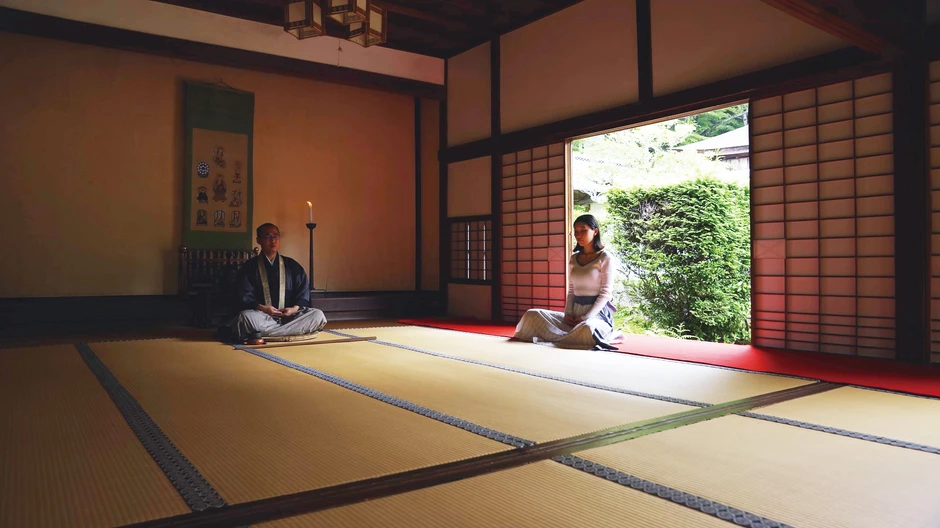
Tendai Shikan is considered the origin of Zen
Tendai Shikan is considered the origin of Zen
The serene grounds of Miidera. Step away from the hustle and bustle of daily life, forgetting the passage of time while taking deep breaths of the temple’s clean air and listening to the voice of your heart. A quiet moment of introspection here provides a fulfilling and enriching opportunity to reset your mind and body.
Miidera's zazen (Shikan) meditation is based on Tendai's Sho-Shikan style, but our temple focuses on sitting in the same posture as Chisho Daishi Enchin himself.
We hope you’ll try Miidera's unique zazen, which incorporates our founder's posture into more traditional methods.
TIME SCHEDULE
-
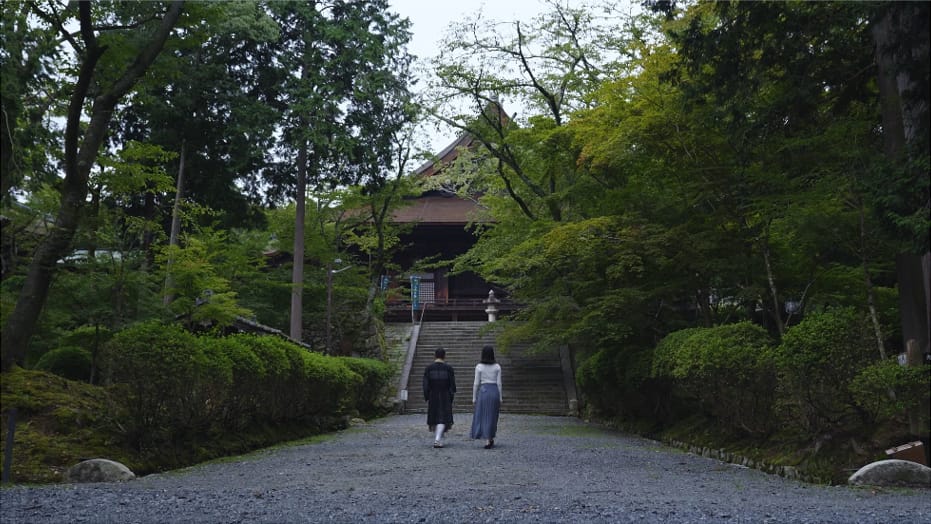
11:00 Gathering & guided tour by a monk
-
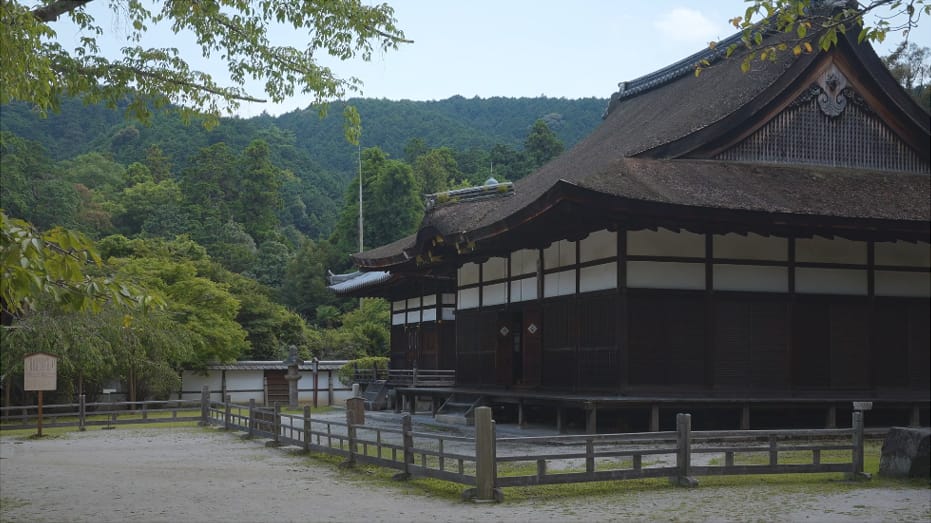
Toin, a Sacred area of Miidera
-
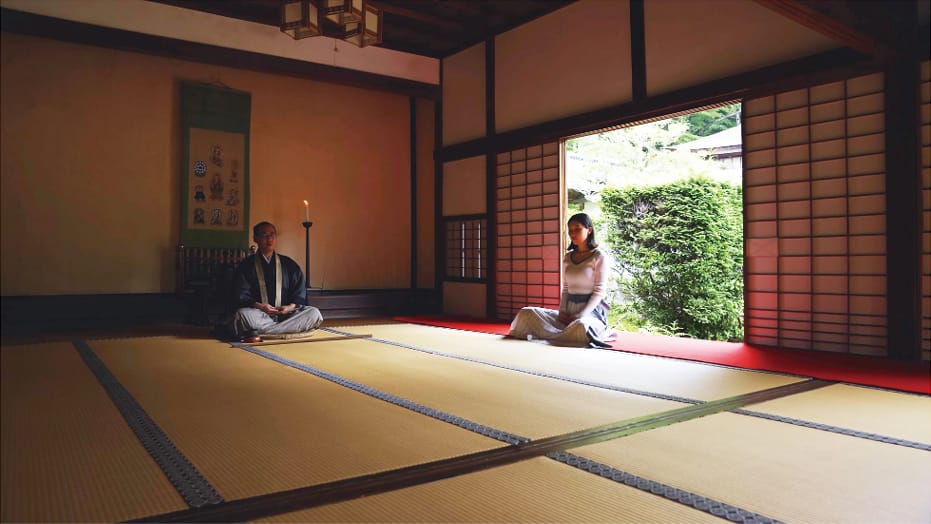
12:00 Tendai Shikan (meditation) in Toin’s Shishiku room
-
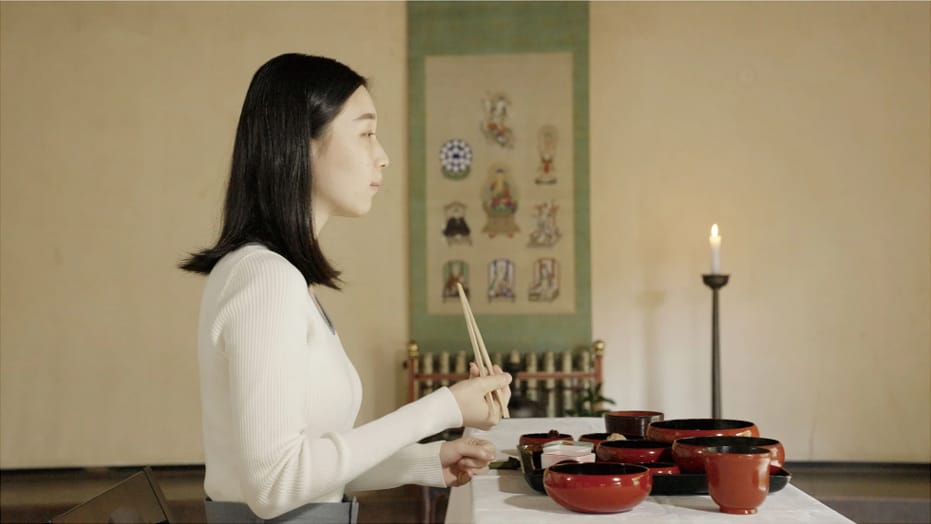
12:30 Lunch (vegetarian cuisine at Toin)
-
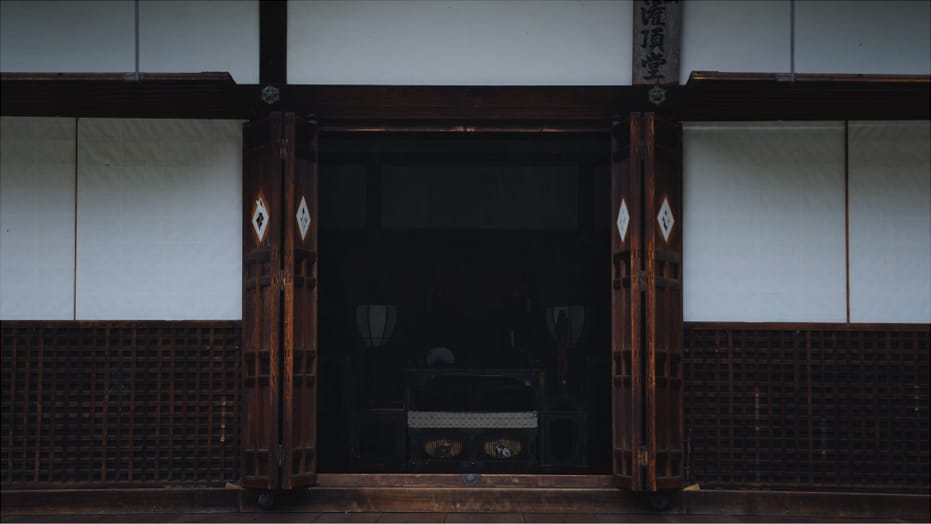
14:00 Guided tour by a monk
-
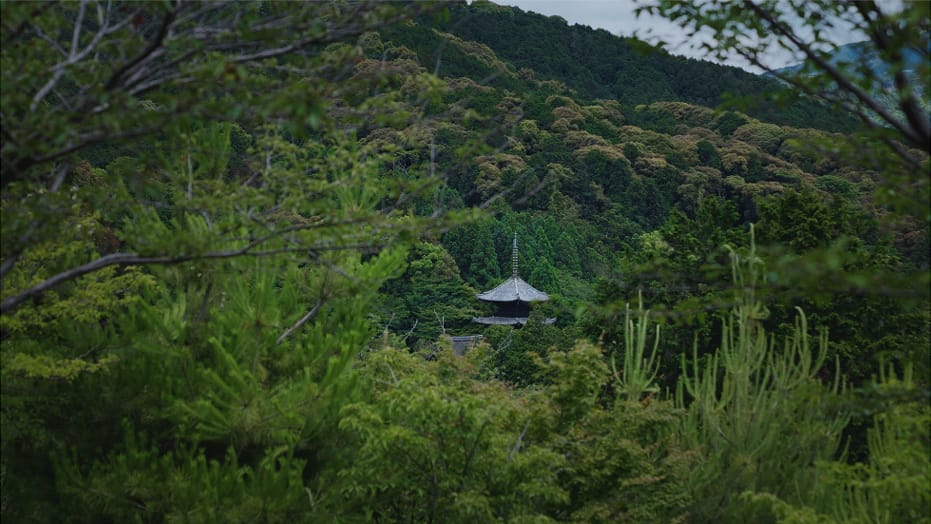
15:30 Disperse
Toin Special TourSpecial tour
- Place
- The Head Temple of the Tendaijimon Buddhist Sect Miidera Temple246 Onjoji-cho, Otsu City, Shiga Prefecture
- Estimated Duration
- About 4 hours 30 minutes
- Start Time
- 11:00 a.m. onwards
- Participants
- 1 to 10 people
- Fee
- 30,000 yen
- Inquiries
- The Head Temple of the Tendaijimon Buddhist Sect Miidera Temple
Email:saigoku14@apricot.ocn.ne.jp
Miidera Temple Official Website
